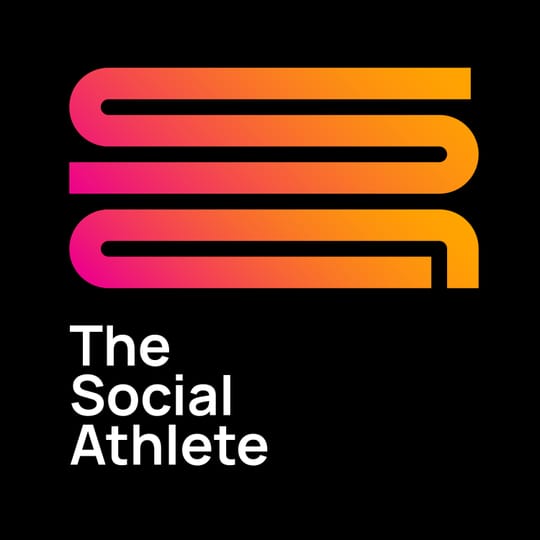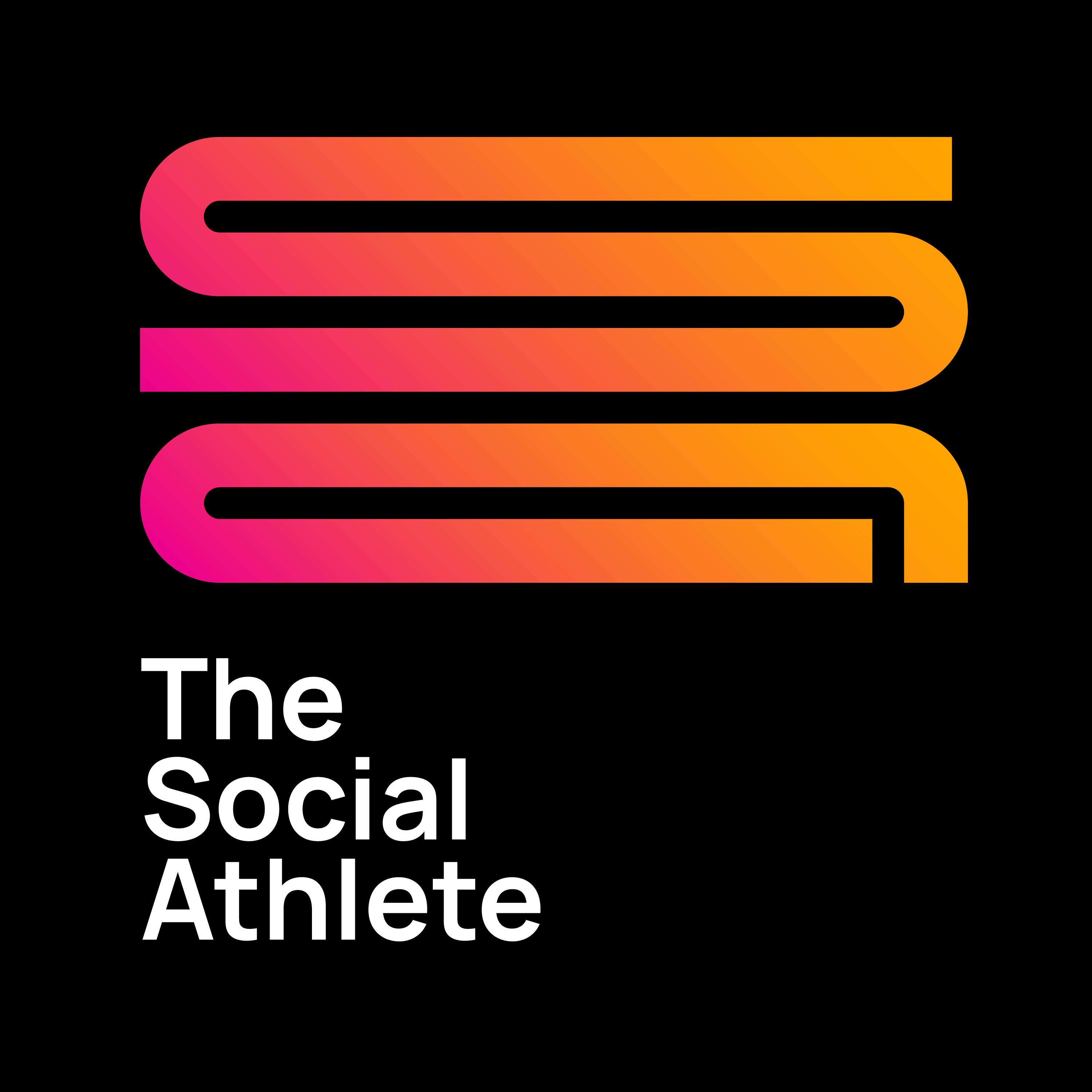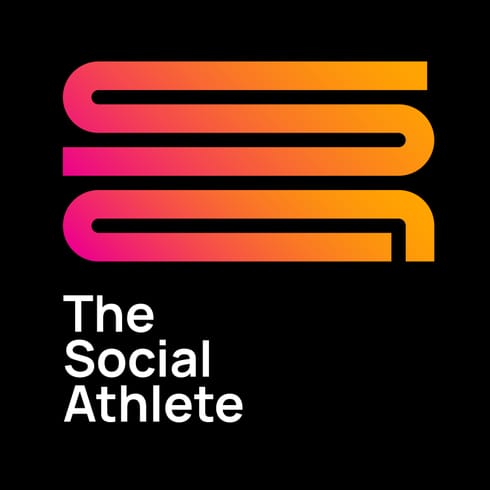
Bulletproof Formula for Delivering an Impromptu Toast
Toasts are a very specific form of public speaking. Being able to stand up in front of a crowd, with zero preparation, and say a few words that tie the whole night together is an elite social skill–one I want to master.

Based on several weeks of obsessive research, here’s the formula I’ve developed for delivering an impromptu toast. You can run through these steps in only a minute or two, and deliver a toast that will connect in any social setting.

0:00 - Intro
1:45 - My First (Almost) Disastrous Toast
8:28 - The Difference Between Planned & Impromptu Toasts
10:25 - The Formula
17:41 - Examples (Sample Toasts)
Heartfelt, not funny
The most common mistake people make when giving a toast is trying to be too funny. Unless you are a stand-up comedian, you’re unlikely to get the tone right. Instead, just keep it short and heartfelt.
Decide who you are honoring
A toast is designed to honor someone or something specific. You’re toasting to the birthday boy or the great quarter the sales team just had. Get clear about who or what you are toasting, so you can effectively structure your toast.
Cue the crowd with your eyes
A great toast has a specific rhythm to it. It starts with attention on the person or group being toasted, then opens up to address the entire crowd, then finishes with direct eye contact at the honoree, while raising the glass.
Consider your unique perspective
Consider the thing you know about the honoree that no one else in the room knows. If you’re toasting your parents, you can share a story from your childhood. If you’re toasting your employee, you can tell the audience what you thought during your first interview. This ensures that your toast has real value to the audience–they’re learning something new about the honoree.
Get one point or theme across
An ideal length for a toast is about 30 seconds. This doesn’t apply to formal toasts, like wedding speeches. But, if you’re making an impromptu toast, you shouldn’t demand any more attention than is necessary to get your point across.
Give necessary context
If your audience doesn’t understand your relationship to the honoree, make sure you clear that up in the beginning. This can be done implicitly. “When I first interviewed Shelly for the position of HR director…” makes it clear that you are her boss.
One joke in the middle
One small joke in the middle of your toast can increase the heartfelt punch at the end. But, it must be tasteful, it can’t show the honoree in a bad light.
Stick the landing
Make sure you clearly indicate when it’s time to drink. Look the honoree(s) directly in the eye, raise your glass, and say your closing sentence. Then, confidently sip your drink. Do it deliberately, so people can easily follow along.





